A new, gap-filling camera model has arrived in the Techson portfolio. Discover how you can protect your valuables anywhere, anytime – even without a network!
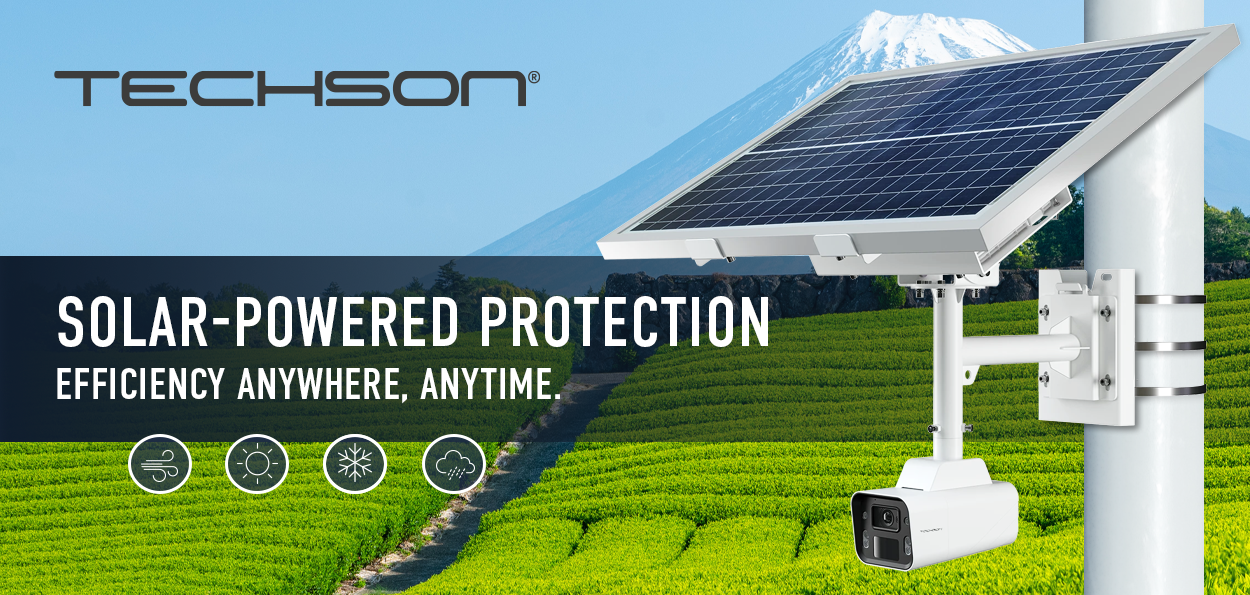
We live in the era of green energy, and the demand for surveillance systems independent of power supply is growing. The TCI SP1 A004 W AM model, a solar-powered camera set with GSM connectivity, follows this trend – a truly gap-filling product in the Techson portfolio! Moreover, the set includes not only the camera but also the solar panel, the battery required for energy storage, and the mounting bracket needed for installation.
Despite their popularity, solar-powered systems belong to the professional, or project-series category. This is due partly to their premium features and price range, and partly to the specific segment of their application areas.
Let’s face it: for the vast majority of surveillance systems, at least network power supply is provided. So why are solar-powered surveillance systems useful?
Due to their system components, solar-powered cameras can be effectively used for most outdoor applications. Whether it’s environmental protection, wildlife monitoring, agricultural areas, remote tourism sites, lookout towers, or parking lot security. This also includes certain public spaces, parks, playgrounds, and temporary events – such as festivals and gatherings – for security monitoring. Independence is also well-suited for humanitarian and disaster situations: for example, at relief sites, flood protection, and many other similar scenarios.




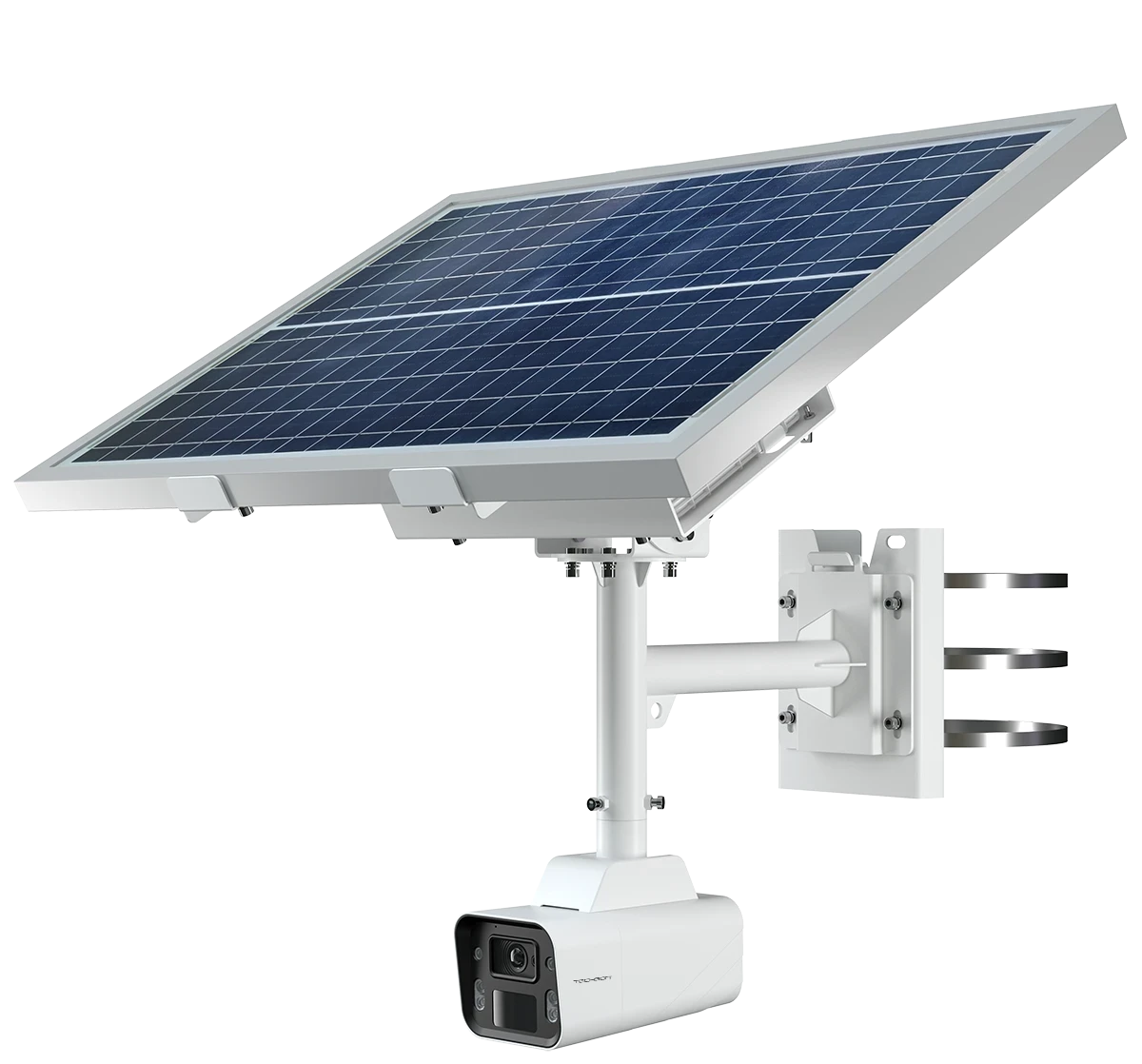
The camera itself is housed in a special, angular casing, connected by a tubular frame to the solar panel and the battery mounted underneath.
The vertically standing support pole – which connects to the pole bracket via a T-junction – allows both the solar panel and the camera to be rotated and tilted significantly, making it easy to adjust in any direction.
The only consideration is that the camera cannot be tilted above the horizontal. Therefore, for distant or wider surveillance areas, it is advisable to install the entire unit higher, above 3 meters. This is also recommended to prevent easy access for vandals and camera collectors.
Installing and setting up the Techson A004 solar camera is extremely simple. Only the APN settings for each service provider need to be entered manually during SIM setup. Everything else is automatic or self-explanatory. Installers will be greeted by the familiar Techson camera interface.
The cable harness exiting the camera includes a power connector and an essential UTP connector for configuration, along with a single RS485 waterproof socket. The micro SIM and SD card slots, as well as the built-in speaker, are located at the bottom of the device. These slots are only accessible after opening the cover.
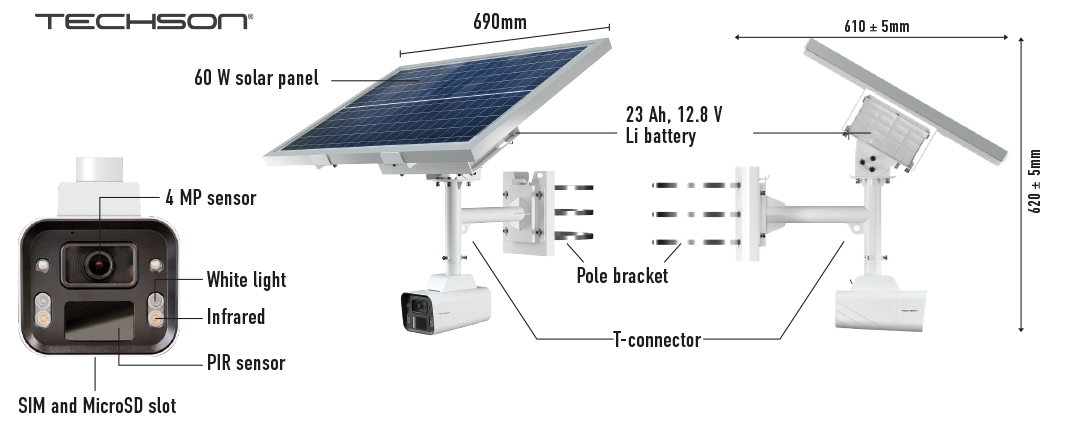

The solar panel included with the camera can deliver 60 W of power in full sunlight, which is nearly nine times the device’s maximum consumption of 7 W! However, in power-saving mode, the device consumes only 2 W! Thus, the solar panel can easily charge the 23 Ah, 12.8 V lithium battery. The battery is strong enough to keep the camera operating for up to 5 days without charging during cloudy, dark days.
The built-in 4-megapixel photosensitive chip is excellent in every respect! With a sensitivity of 0.000625 lux, it is also capable of AI-supported imaging (AI-ISP). It features true WDR and white LED illumination. Additionally, it eliminates false alarms through object filtering. To minimize energy consumption, the camera also uses a wide detection, high-sensitivity PIR sensor. Thus, optionally, the device wakes up only on motion detection, as usual in alarm systems, and starts transmitting images. The combined use of PIR and object filtering excellently supports the camera’s perimeter alarm function, which keeps intruders away with light and sound signals.
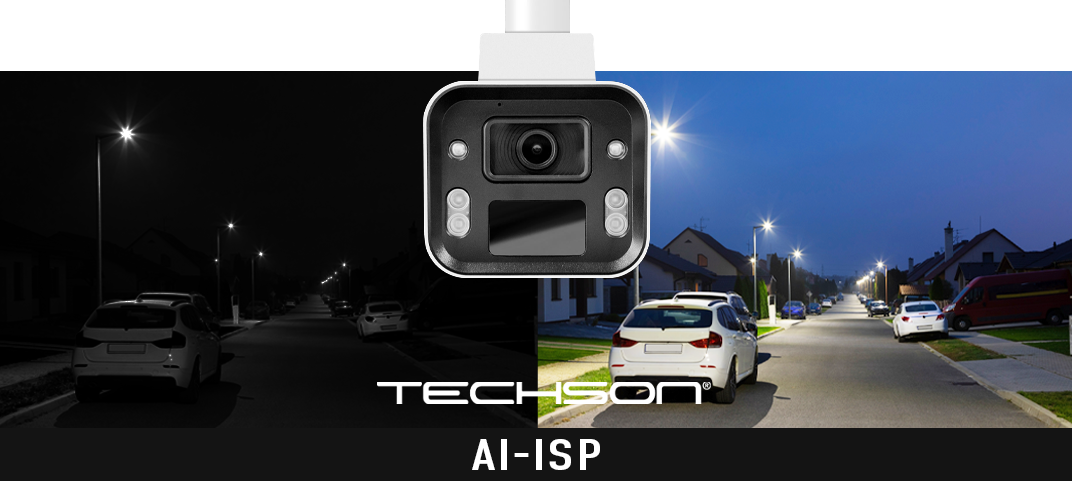
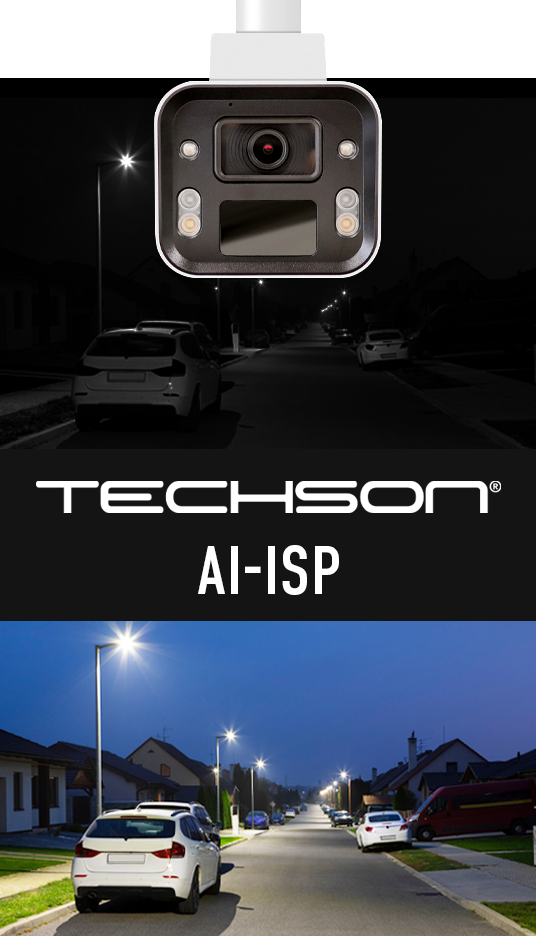
The cornerstone of autonomous operation, besides independent power supply, is the 4G mobile connection. We tested the SP1 A004 with SIM cards from the three mobile service providers available in our country, so it can be confidently recommended for any area where 4G or LTE connection is available. Due to low upload speeds, LTE is only recommended with significant compromises, but with 4G connection, the camera can provide high-quality, continuous video.
Due to the nature of the connection, cloud-based (P2P) video transmission is the default mode. In this case, the camera feed can be viewed in the Superlive Plus mobile app (Android, iOS). If integration into a recorder or SmartCenter is desired, the recently introduced platform mode should be used, which requires a public IP address or domain and port forwarding on the recorder side.
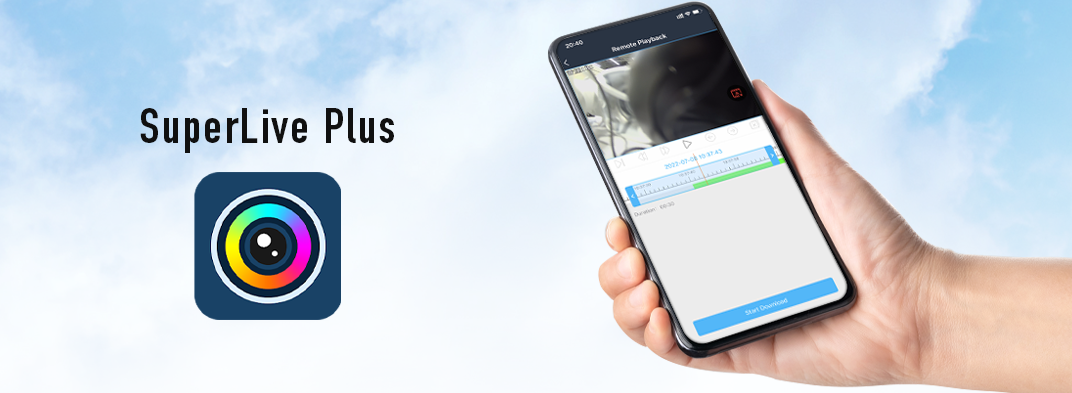
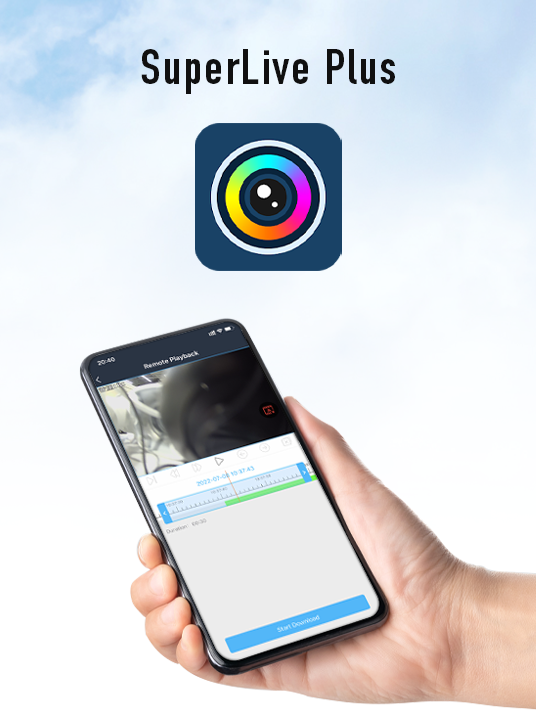
In summary, anyone who thinks that the use of solar-powered cameras can wait couldn’t be more wrong. The future is here. And it doesn’t start tomorrow, but today!